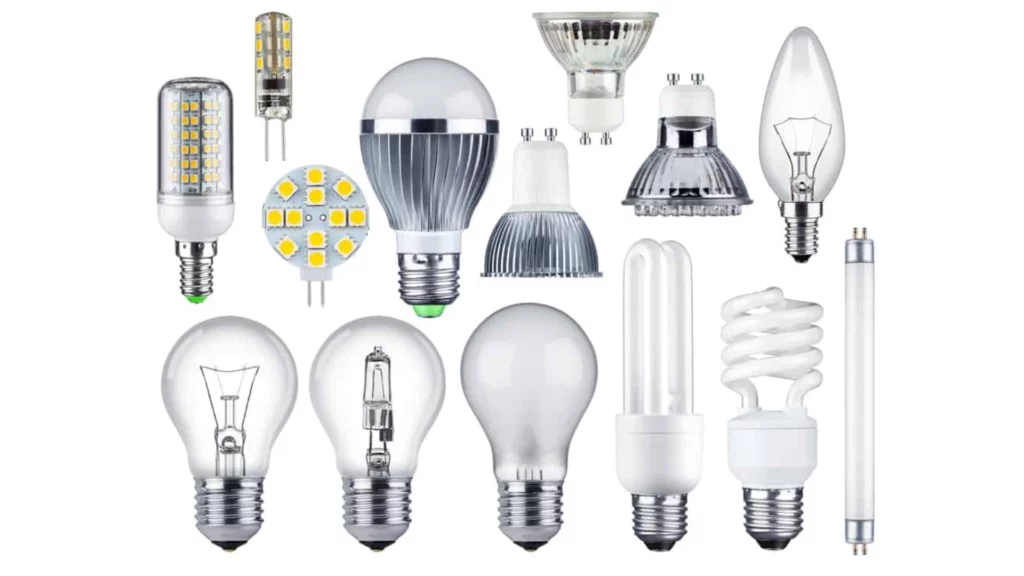Different Types of Light Bulbs – What’s the Best Type for Your Home’s Needs?
As a homeowner who wants to save on electric bills and reduce energy consumption, energy efficient light bulbs shopping requires careful consideration.
It's easy to overlook the importance of choosing the right type of light bulb, but the differences between them can have a significant impact on your energy usage and overall costs.
Understanding the distinctions and advantages of each type is crucial in making an informed decision.
With various options available, it can be overwhelming to determine which light bulb is most suitable for your needs. But fear not, because I've got you covered.
Let's dive into what sets each type apart and how it can benefit your goal of energy efficiency and cost savings.
Knowing what you're after
If you're on the lookout for new different types of energy efficient light bulbs for your home, it's worth learning about the most common types of light bulbs available on the market today- of which we have highlighted our top five.
That way, you can feel reassured by the fact that you are making a good investment in something that's going to be useful to you on a long-term basis.
Each type of light bulb has different features that make it unique in its own right. Their main differences usually come down to aesthetics and energy usage. Some bulbs, for example, may produce a bright, white light, but may use more energy as a result.
Being clear of your own priorities in a light bulb will help make shopping for one easier.
With that in mind, one key consideration to make when choosing a light bulb is its energy efficiency. In recent years, the older, standard bulbs have slowly started to be phased out, in replacement for low-energy bulbs that are friendlier to the environment.
If you are keen to ensure your household is as energy-efficient as you can make it, opting for a low-energy light bulb is a good idea.
It's also worth bearing in mind that some light bulbs contain small amounts of mercury, which, if accidentally released from a smashed bulb, can be toxic to the human body.
However, this need not be a huge concern of yours- mercury is only harmful in large amounts, and at a very close range. But if the idea of owning a mercury-containing light bulb bothers you, you can simply avoid purchasing one that requires mercury to work.
All Different Types Of Light Bulbs
There are several different types of light bulbs available, each offering unique characteristics and benefits. Incandescent bulbs are the traditional type, producing light by passing electricity through a tungsten filament. They are inexpensive but less energy-efficient and have a shorter lifespan.
Compact fluorescent lamps (CFLs) use a gas-filled tube and phosphor coating to emit light. They are more energy-efficient than incandescent bulbs and have a longer lifespan.
Light-emitting diode (LED) bulbs are highly energy-efficient and have an extended lifespan. They use a semiconductor to emit light and are available in various colors and designs.
LED bulbs are more expensive upfront but provide long-term cost savings due to their efficiency and durability.
Finally, there are halogen bulbs, which are a variation of incandescent bulbs and offer brighter light and a longer lifespan, but they are less energy-efficient compared to CFLs and LEDs.
Each type of light bulb has its own advantages and considerations, allowing consumers to choose the most suitable option for their needs.

The 4 Different Types Of Light Bulbs
If you are looking for new light bulbs for your home, but don't know quite where to begin, here is a good place to start.
This article should help you to understand exactly what it is that you are after, by detailing the five most common types of bulbs below:
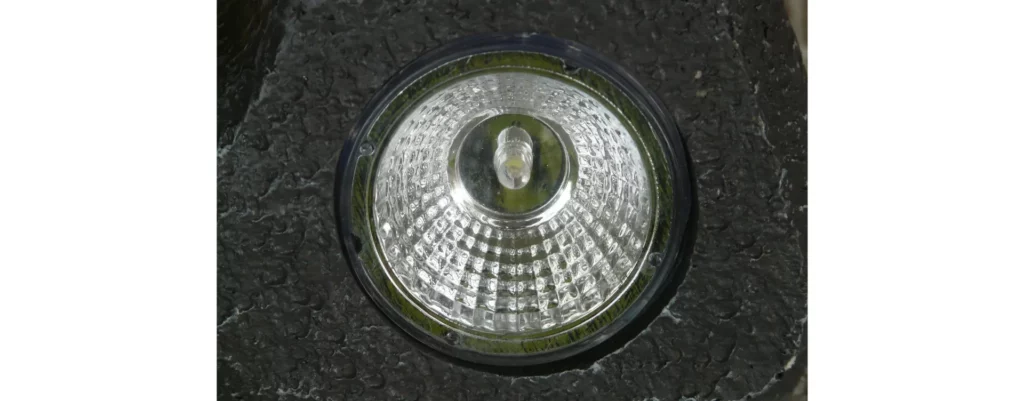
1. Halogen Bulb
- Halogen bulbs use halogen gas to enhance light output from a tungsten filament.
- Light is produced when tungsten evaporates from a heated filament, reacting with halogen gas to increase light output.
- Commonly used in overhead lights, streetlights, spotlights, and smaller appliances like tools and projectors.
- More efficient than incandescent bulbs but less favored due to higher CO2 emissions compared to newer alternatives.
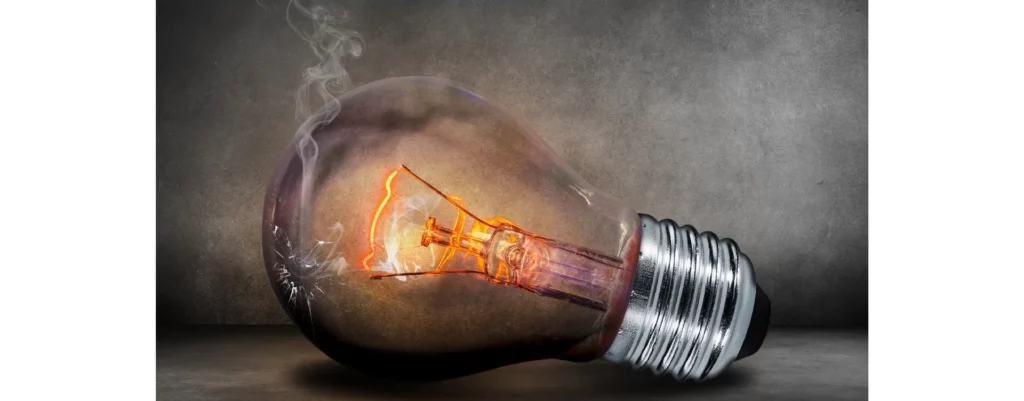
2. Incandescent Bulb
- Traditional light bulbs use a heated tungsten filament.
- Produces light by heating a tungsten filament until it glows, within a glass enclosure that prevents oxygen interference.
- Versatile in size and shape, suitable for various household uses.
- Less efficient with a shorter lifespan and higher running costs than modern bulbs.
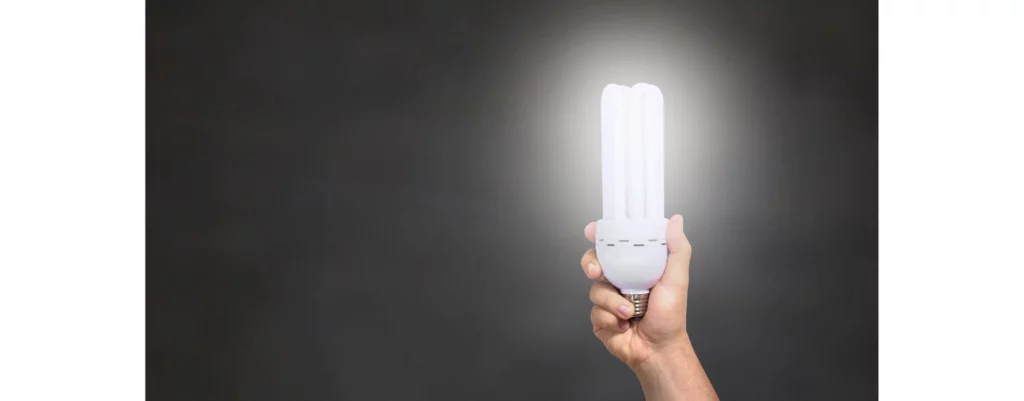
3. LED Bulb (Light Emitting Diodes)
- Energy-saving bulbs have become widely used in home and workplace lighting.
- Uses diodes that emit light when electricity is applied, known for their compact size and efficiency.
- Ideal for dimmable lights, spotlights, and appliances where focused lighting is needed.
- Highly efficient, long-lasting, low heat generation, and lower electricity usage.

4. LFL Bulbs (Linear Fluorescent Bulbs)
- Energy-efficient bulbs are typically shaped as straight or circular tubes.
- Utilize fluorescent technology for light production.
- Commonly used in kitchen ceiling lights, garage lighting, storage cupboards, and industrial/commercial settings.
- Low CO2 emissions, cost-effective, and long-lasting, suitable for eco-conscious homeowners.
Pros and Cons of Light Bulbs
Light bulbs are an essential component of our daily lives, providing illumination in homes, offices, and various other environments.
To make an informed decision when selecting the right light bulb, it is crucial to understand the pros and cons associated with different types.
Let's explore the advantages and disadvantages of light bulbs in detail:
Pros:
- Illumination: The primary function of light bulbs is to provide illumination, allowing us to see and perform tasks effectively in both indoor and outdoor spaces.
- Convenience: Light bulbs offer instant illumination without the need for additional equipment or preparation. With a simple flick of a switch, you can illuminate a room or space.
- Versatility: Light bulbs come in various shapes, sizes, and colors, offering a wide range of lighting options to suit different environments, aesthetics, and moods. From warm, soft lighting to bright, cool lighting, there are bulbs available to meet diverse needs.
- Safety: Light bulbs undergo rigorous safety testing to ensure they meet specific standards, reducing the risk of fire or other hazards. They are designed to be safe for use in various fixtures and environments.
- Cost: Depending on the type and brand, light bulbs can be affordable and easily accessible. This makes it convenient to replace bulbs when needed, ensuring consistent illumination.
- Customization: Some types of light bulbs, such as LED bulbs, offer customizable features like adjustable color temperature and dimming options. This allows you to tailor the lighting to your preference, creating the desired ambiance for different activities or moods.
Cons:
- Energy Consumption: Traditional incandescent bulbs and some halogen bulbs are known for their high energy consumption. They convert a significant portion of the energy they consume into heat rather than light, making them inefficient.
- Environmental Impact: Certain types of light bulbs have a negative environmental impact. Incandescent and halogen bulbs contribute to higher greenhouse gas emissions due to their energy inefficiency.
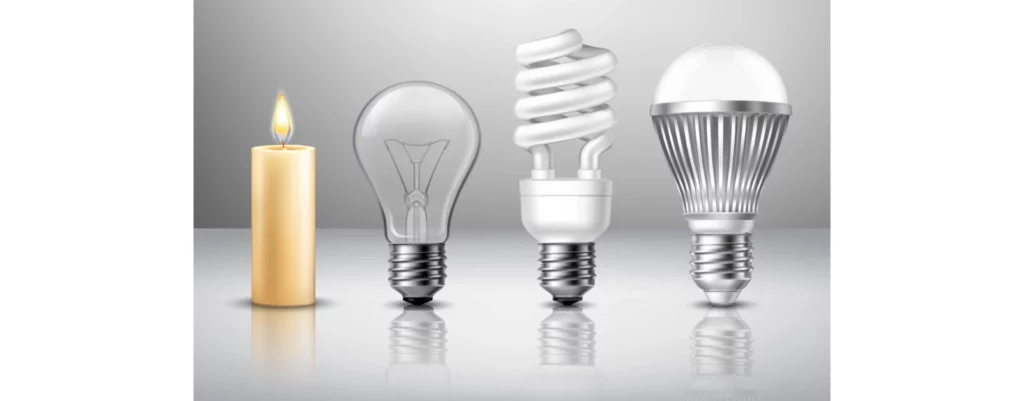
Which Bulb is For You?
Ultimately, your light bulb of choice should reflect your requirements for your home lighting. If you're looking for spotlights for your kitchen, for example, LEDs may be the best option.
On the other hand, if you're after a long-lasting, high-quality bulb for your table lamps, CFLs might be the best option.
While the non-energy-saving light bulbs are still available for purchase today, it is generally recommended that the more efficient bulbs are favored over these.
Switching up your bulbs can not only help you save money on your energy bills but also enable you to reduce your own individual carbon footprint, helping you to do your bit for the environment.
Shopping for a bulb can be tricky even if you're aware of which type of bulb you're after. It's worth noting that whichever bulb you go for, the cheaper the product, the poorer the quality it tends to be.
If you're after a long-lasting bulb that produces good-quality light, investing in a slightly more costly product from a trusted brand is a good idea.
Conclusion
The choice of the light bulb depends on your specific needs and priorities. Each type of light bulb has its own advantages and disadvantages. Incandescent bulbs are inexpensive but less energy-efficient.
CFLs offer energy efficiency and longevity but may contain mercury. LEDs are highly energy-efficient and durable, with customizable features, but can be more expensive upfront.
Halogen bulbs provide bright light and a longer lifespan but are less energy-efficient. Consider factors like energy efficiency, lifespan, cost, environmental impact, and compatibility when making your decision.
By understanding the pros and cons of different types of light bulbs, you can choose the best option for your home's lighting needs.
Source:

